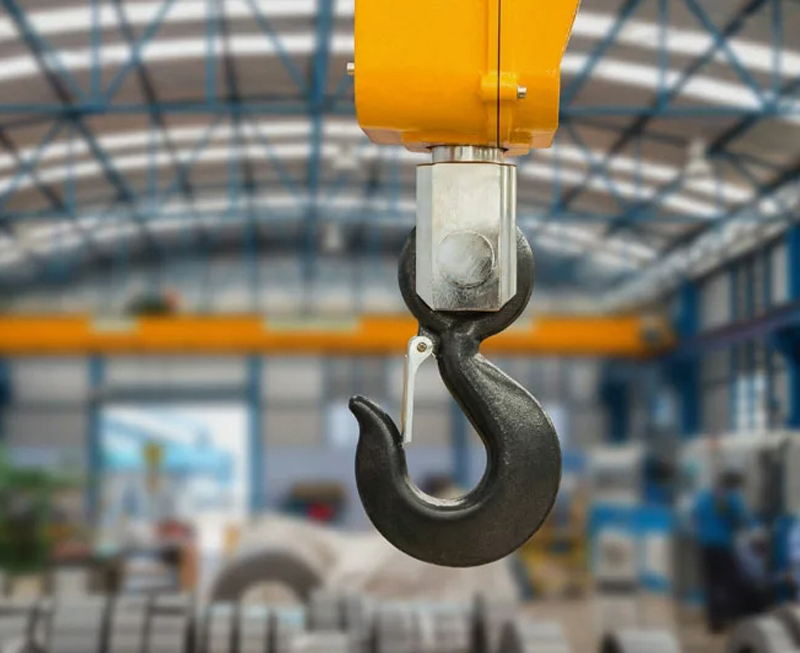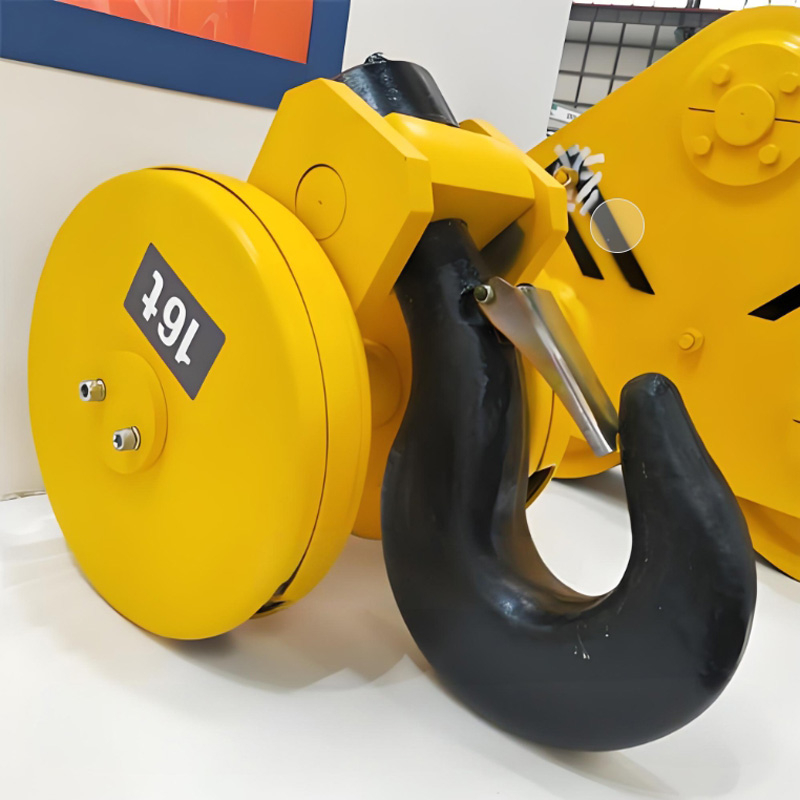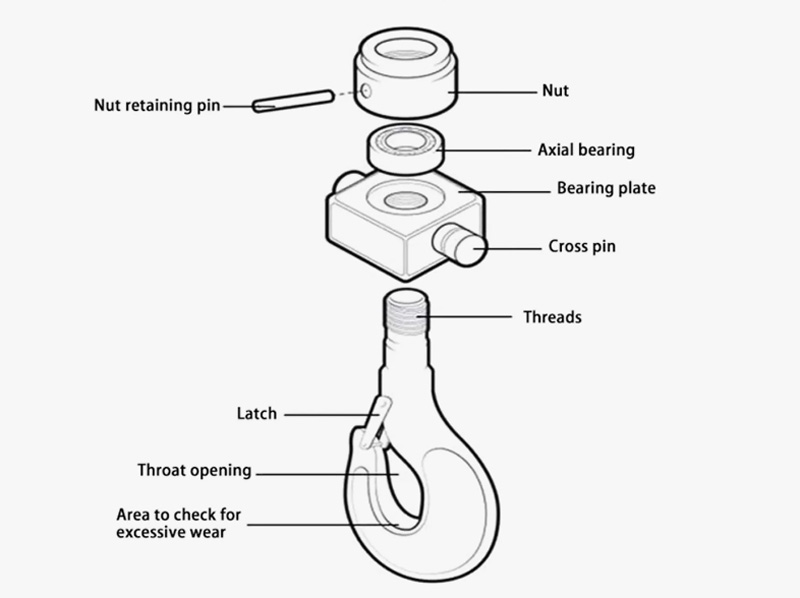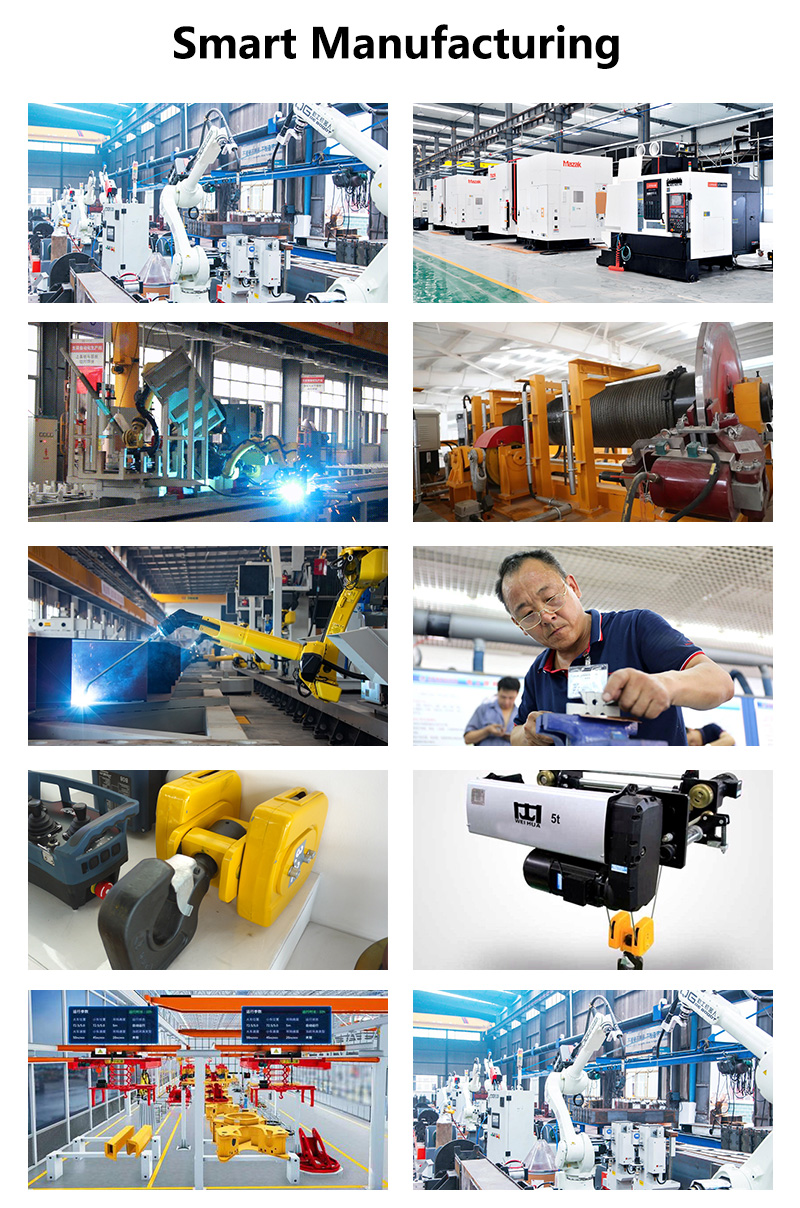The humble crane hook safety latch is a critical, yet often overlooked, component in lifting operations. It acts as the last line of defense against catastrophic load disengagement. But simply having a latch isn’t enough – it must meet stringent requirements to function reliably when needed most. Understanding these requirements is paramount for safety, compliance, and preventing accidents.
Imagine a scenario: a load swings unexpectedly, bumps an obstruction, or tilts during lifting. Without a functional safety latch, the sling or chain could easily slip off the hook’s tip, sending tons of material plummeting. Safety latches physically block the hook throat opening, preventing such accidental release. Their importance cannot be overstated.

Compliance with Standards (The Foundation):
ASME B30.10 (Hooks): This is the primary US standard governing hooks and their safety latches. It mandates that hooks used in load lifting applications must be equipped with a latch or other effective means to prevent accidental load disengagement, unless the application makes a latch impractical or provides equivalent safety (a rare exception requiring rigorous justification).
OSHA Regulations (29 CFR 1910.179 & 1926.550): OSHA regulations incorporate and enforce ASME standards. They require hooks to have safety latches, except in specific situations like using a grab hook for choker hitch rigging where a latch wouldn’t function, or for dedicated foundry hooks. Documentation proving an exception applies is crucial.
Other Regional Standards (e.g., EN 1677, ISO 2415): Similar stringent requirements exist globally. Equipment must comply with the standards applicable in its region of operation.
Robust Design and Construction:
Material: Latches must be made from high-quality, durable materials like forged alloy steel, capable of withstanding impact, abrasion, and the environmental conditions (moisture, chemicals, temperature extremes) of the worksite.
Strength: The latch must be strong enough to resist forces trying to open it accidentally under load or impact. ASME B30.10 requires the latch to support the full rated load of the hook without permanent deformation if the load were to bear directly against it (though this is not its intended loading scenario).
Positive Engagement: The latch must close and lock securely over the hook tip. Reliance on gravity or friction alone is insufficient. Spring-loaded latches are common, but the spring must be robust enough to overcome dirt, minor deformation, or paint build-up. Latch designs should minimize points where debris can jam the mechanism.
Full Coverage: The latch must effectively cover the hook throat opening (“gape”) when closed, leaving no significant gap for rigging to slip through.
Functionality and Operation:
Manual Operation (When Required): Latches should be designed for easy, safe, and intentional manual operation by an operator (often using a tool like a latch pin or handle). They should not be easy to open accidentally by bumping or snagging.
Self-Closing/Positive Locking: The ideal latch is self-closing and self-locking. Once the load is seated in the hook saddle, the latch should automatically swing closed and lock into position without requiring operator intervention. This ensures protection is always in place after rigging.
Unobstructed Movement: The latch must pivot freely on its hinge pin without binding. Hinge pins must be secure (e.g., riveted, cotter-pinned) to prevent accidental disassembly. Springs must retain tension.
Inspection and Maintenance Requirements:
Regular Visual Inspections: Latches must be inspected daily or before each use (per OSHA/ASME) for signs of wear, distortion, cracks, corrosion, broken springs, and free movement. Any latch that is bent, doesn’t close fully, sticks, or is otherwise defective must be removed from service immediately.
Periodic Thorough Inspections: Comprehensive inspections by a qualified person, following the hook manufacturer’s and ASME B30.10 schedules, are mandatory. This includes checking for wear at pivot points, spring tension, and structural integrity.
Lubrication: Latches should be lubricated according to the manufacturer’s recommendations to ensure smooth operation and prevent seizing, especially in harsh environments.
No Modifications: Safety latches must never be welded, bent, or otherwise modified unless explicitly approved by the hook manufacturer. Modifications can compromise strength and function.
Compatibility:
The latch must be specifically designed and certified for use with the specific make, model, and capacity of the crane hook it is installed on. Using an incorrect or non-OEM latch is extremely dangerous and voids certifications.

Spring-Loaded (Swinging) Latch: The most common type. A pivoting latch held closed over the hook tip by a strong spring. Opens outward to allow rigging placement. Must self-close and lock.
Folding Latch (Hook-Sec): Folds down flat against the hook shank when open, pivots up to cover the tip when closed. Often uses a spring-loaded pin for positive locking.
Rotating (Cameron) Latch: A rotating bar that slides across the crane hook throat opening. Requires manual rotation to open/close but provides very positive coverage. Common on larger hooks.
Catastrophic Load Drops: The most severe risk, leading to potential fatalities, serious injuries, and massive property damage.
Regulatory Fines and Citations: OSHA violations related to deficient safety latches carry significant penalties.
Downtime and Repair Costs: Accidents halt operations and incur costly repairs.
Liability: Companies and individuals can face severe legal liability.



A crane hook safety latch is not just a piece of metal; it’s a vital safety device governed by strict requirements. Compliance with ASME/OSHA standards, robust construction ensuring positive locking and strength, rigorous inspection and maintenance routines, and using the correct latch for the specific hook are absolute necessities. Never compromise on latch integrity. Treat every inspection seriously, replace damaged latches immediately, and ensure operators understand their critical function. A properly functioning crane hook safety latch is a small component that plays an enormous role in keeping your worksite and personnel safe. Remember, when it comes to lifting, the latch is your last line of defense – make sure it’s battle-ready.
We value your feedback! Please complete the form below so that we can tailor our services to your specific needs.

Latest Comments